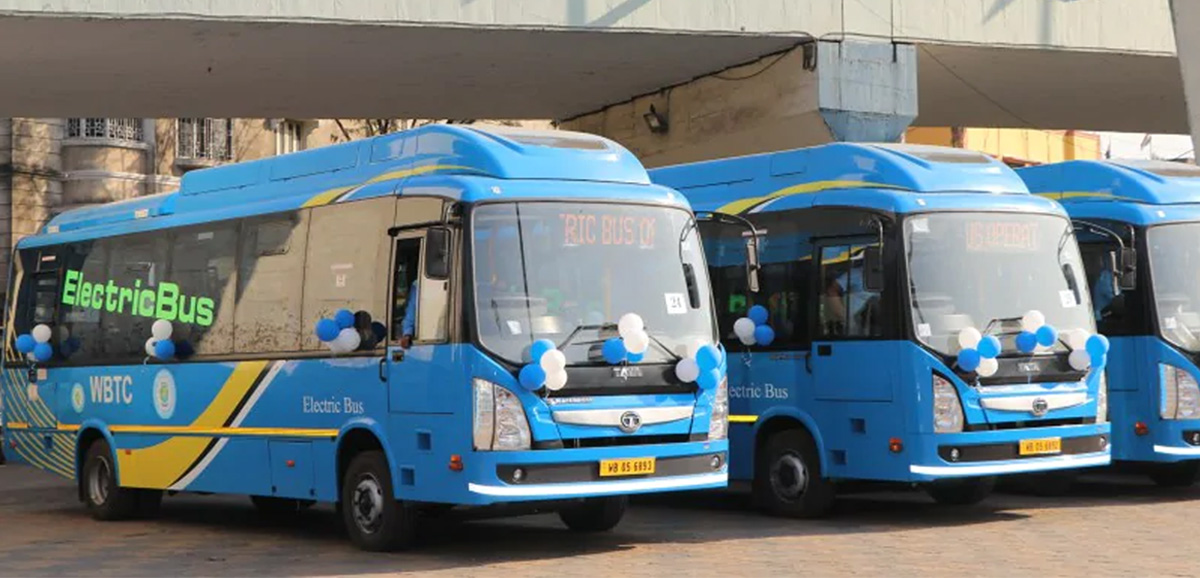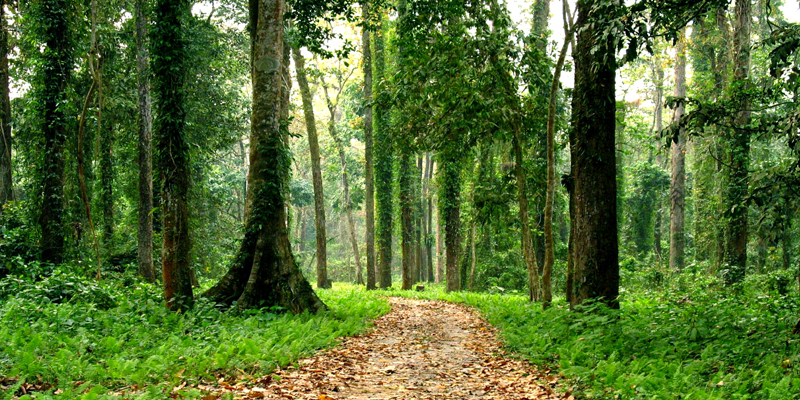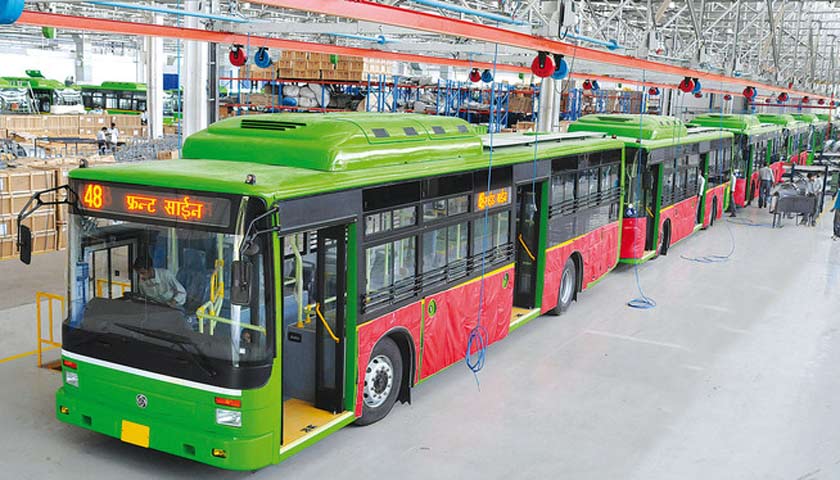On August 6, two electric vehicle (EV) charging stations were inaugurated by the Mayor in Dhakuria. These are the first EV charging stations built at the Kolkata Municipal Corporation’s (KMC) initiative in collaboration with the CESC.
Two more EV charging stations will be coming up – adjacent to the Maa Flyover and AJC Bose Road Flyover.
Rule to encourage electric vehicles
The KMC has taken the initiative to encourage the use of electric vehicles to keep a lid on pollution from vehicles run on conventional fuel.
Towards that end, the Mayor said, the Corporation will introduce a rule that will make it mandatory for big housing complexes to keep aside space in the parking area for setting up charging points. The meters will be set up by the CESC
Currently, there are 40 electric buses running in Kolkata, with their EV station located at the Nabanna bus stand.
Replacing coal-heated ovens
Another recent decision by the KMC to prevent pollution, the Mayor said, was to replace with electric ovens the coal-heated ovens used at roadside eating places and ironing stalls. The civic body will provide subsidy for buying the ovens.
All these efforts are towards making a greener and cleaner Kolkata, wherein the cooperation of the city’s citizens ia also called for.
Source: Bartaman, Millennium Post










